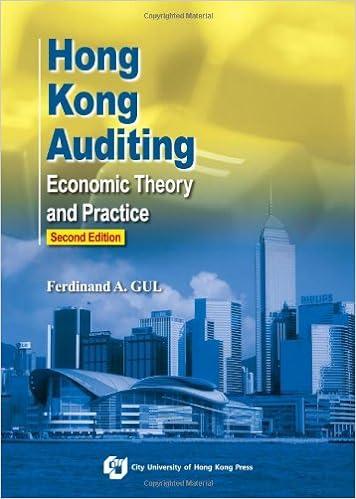Answered step by step
Verified Expert Solution
Question
1 Approved Answer
245 Rs Opening Stock of Raw Materials Add: Purchase of Raw Materials 45 Less: Closing Stock of Raw Materials Raw Materials Consumed For example, if

245 Rs Opening Stock of Raw Materials Add: Purchase of Raw Materials 45 Less: Closing Stock of Raw Materials Raw Materials Consumed For example, if the opening stock of raw materials is Rs 5,000, purchases of raw materials is Rs 20,000 and closing stock of raw materials is Rs 8,000, the value of raw materials consumed will be calculated as follows: RS Opening Stock of Raw Materials 5.000 Add: Purchase of Raw Materials 20,000 25.000 Less: Closing Stock of Raw Materials 8.000 Raw Materials Consumed 17.000 3. Carriage inwards, etc. The expenses incurred for bringing the raw materials to the factory or the octroi or customs duty paid by the manufacturer on the raw materials purchased or imported by him will also be charged to Manufacturing Account. 4. Factory overheads. The term "Overheads" includes indirect material, indirect labour and indirect expenses. The term "Factory Overheads", therefore, stands for all factory indirect material, indirect labour, and indirect expenses. For example, in case of a manufacturer of chairs, the cost of timber purchased will be taken as raw materials. However, the polishing material used by him will be taken as indirect material and will be taken as an item of factory overheads. Similarly, the wages paid to the carpenters who have been employed for making chairs will come as cost of direct labour since they are actively engaged in manufacturing the chairs. However, the salaries of the supervisor or the wages of the gate-keeper will be taken as indirect labour cost and come in the definition of factory overheads. Similarly, the carriage charges paid for bringing the raw materials to the factory are considered to be direct charges since they can directly be charged to the raw materials purchased. However, therent for the factory, depreciation of the factory machines, insurance of the factory are all taken as indirect factory expenses and therefore covered under the category of factory overheads. 5. Cost of production. The Manufacturing Account gives the cost of manufacturing the goods during a particular period. This is computed by deducting from the total of the debit side of the Manufacturing Account, the total of the various items appearing on the credit side of the Manufacturing Account as shown in the proforma of the Manufacturing Account given earlier in the chapter, 6. Sale of scrap. In manufacturing operations certain scrapis unavoidable. It may or may not have any sales value. In order to calculate the true cost of manufacturing the goods, it is necessary that the money realized on account of sale of scrap (or realisable value of the scrapin case it had not been sold) should be red. The amount of scrapis, therefore, credited to the Manufacturing Account Illustration 6.8. From the following details, prepare a Manufacturing and a Trading Account for the year ending 31st December, 1998. RS Stock on 1.1.1998 Raw Materials Work-in-process Finished Goods Stock on 31.12.1998 Raw Materials Work-in-process 10.000 5.000 20.000 5.000 15.000 Finished Goods Purchase of Raw Materials Direct Wages Carriage Charges on purchase of raw materials Factory Power Depreciation on Factory Machines Purchase of Finished Goods Cartage paid on Finished Goods purchased 30,000 50,000 10.000 5.000 5,000 5,000 30.000 2.000
Step by Step Solution
There are 3 Steps involved in it
Step: 1

Get Instant Access to Expert-Tailored Solutions
See step-by-step solutions with expert insights and AI powered tools for academic success
Step: 2

Step: 3

Ace Your Homework with AI
Get the answers you need in no time with our AI-driven, step-by-step assistance
Get Started


